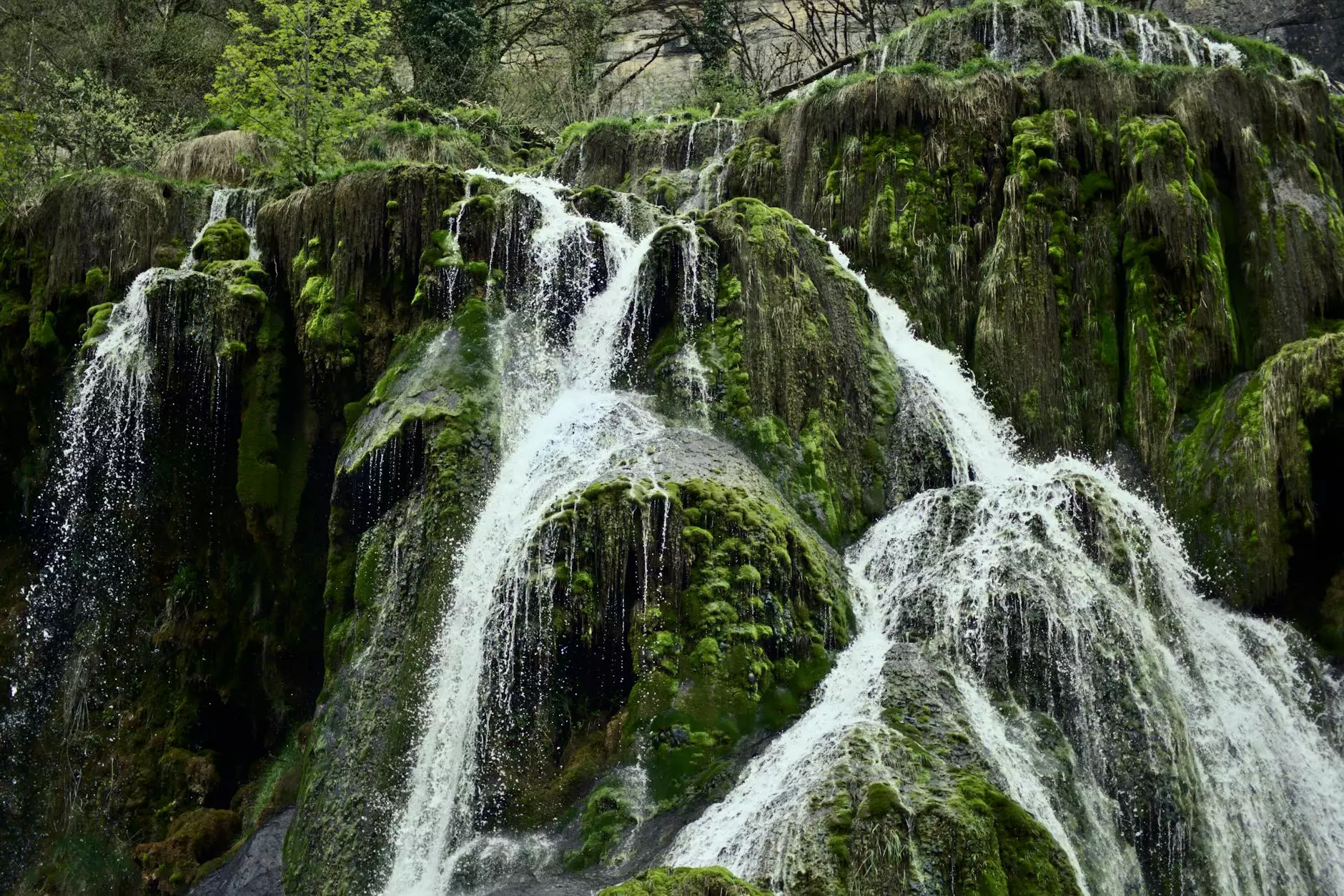The Timeless Appeal of 1930s Music Hits

The 1930s was a decade that resonated with the rhythms of change, mirroring the turbulent societal shifts of the time. Amidst the backdrop of the Great Depression, music became a refuge, a source of hope, and a form of entertainment that united people from all walks of life. This article explores the extraordinary evolution of 1930s music hits, their genres, iconic artists, and the profound impact they continue to have on contemporary culture.
The Cultural Landscape of the 1930s
As we delve into the world of 1930s music hits, it's essential to understand the cultural and historical context that shaped this vibrant era. The Great Depression profoundly affected every aspect of life, leading artists to channel their experiences, struggles, and sentiments into their music.
The Impact of the Great Depression
Music in the 1930s served as a balm for the weary populace. The themes of hardship, resilience, and hope permeated the songs of the time. Many artists found inspiration in the everyday struggles of the people, creating melodies that resonated deeply with common experiences.
Genres that Shaped the Decade
The 1930s witnessed the flourishing of several music genres, each contributing uniquely to the landscape of 1930s music hits. Let's look at some of the most prominent styles that defined the decade.
Jazz: The Heartbeat of the Era
Jazz emerged as the defining sound of the 1930s, evolving from the ragtime and blues influences of the earlier decades. Artists like Duke Ellington, Louis Armstrong, and Benny Goodman captivated audiences with their innovative rhythms and improvisational genius.
Key Jazz Hits of the 1930s
- “Mood Indigo” - Duke Ellington
- “West End Blues” - Louis Armstrong
- “Sing, Sing, Sing” - Benny Goodman
Big Band: A Grand New Sound
As the decade progressed, the big band phenomenon took center stage. With larger ensembles performing for dance halls and radio broadcasts, this genre became immensely popular.
Notable Big Band Leaders
- Glenn Miller
- Tommy Dorsey
- Count Basie
Iconic Artists of the 1930s
As the sound of the 1930s evolved, several artists emerged as icons, whose music continues to resonate today. Their contributions shaped not only the decade but also the future of music.
Billie Holiday: The Voice of a Generation
Billie Holiday, with her emotive delivery and unique phrasing, became one of the most influential jazz and pop singers of the era. Her haunting performances of songs like “Strange Fruit” brought attention to social issues and stirred deep emotions among listeners.
Ella Fitzgerald: The First Lady of Song
Known for her remarkable vocal range and scat-singing ability, Ella Fitzgerald made her mark in the 1930s. Hits like “A Tisket, A Tasket” showcased her talent and charisma, endearing her to audiences worldwide.
Frank Sinatra: The Crooner's Rise
Frank Sinatra began his career in the 1930s as a band singer with the Harry James and Tommy Dorsey orchestras. His smooth voice and charming stage presence laid the foundation for his legendary status in music history.
1930s Music and the Birth of Media
The 1930s was not just pivotal for its music but also for the emergence of new media platforms that facilitated the popularity of 1930s music hits.
The Rise of Radio
Radio became an essential medium for disseminating music during the 1930s. With programs dedicated to jazz, swing, and big band music, families could gather around their radios every evening, enhancing the communal experience of music.
The Effect of Movies
Hollywood musicals allowed 1930s music hits to reach larger audiences. Films featuring stunning performances from greats like Judy Garland and Fred Astaire introduced unforgettable musical numbers that contributed significantly to the popular culture of the time.
The Lasting Legacy of 1930s Music Hits
The influence of 1930s music hits is still evident in contemporary music. Many modern artists draw inspiration from the themes and styles of this era, echoing its melodies and rhythms in innovative ways.
Impact on Contemporary Genres
Genres like jazz and blues have evolved, but their roots can always be traced back to the music of the 1930s. Artists across genres continue to pay homage to this vibrant period through covers and samples, ensuring that the legacy of these hits lives on.
Music Education and Preservation
Today, music educators highlight 1930s music hits in their curricula to teach the fundamentals of music theory, history, and culture. This focus on historical music reinforces the importance of preserving the artistry of the past for future generations.
Conclusion: The Everlasting Appeal of 1930s Music Hits
As we conclude our journey through the captivating world of 1930s music hits, it is evident that this decade was a golden age of artistic expression. The resilience, creativity, and emotions embedded in the music continue to resonate, offering insights into the struggles and triumphs of the human experience. From jazz to big band, the melodies of the 1930s serve not just as entertainment but as a historical record of a critical period in American history.
By exploring the music of this era through platforms like The Sound Stew, audiences can appreciate the rich tapestry of sounds and stories that have shaped contemporary music and culture. Let the sounds of the 1930s inspire you to dive deeper into the heart of music history.









